Inclusion of clinical patients and testicular biopsy collection
Clinical patients with NOA, characterized by severe spermatogenic arrest and no testicular spermatids and epididymal sperm, were identified by visual microscopy and a…
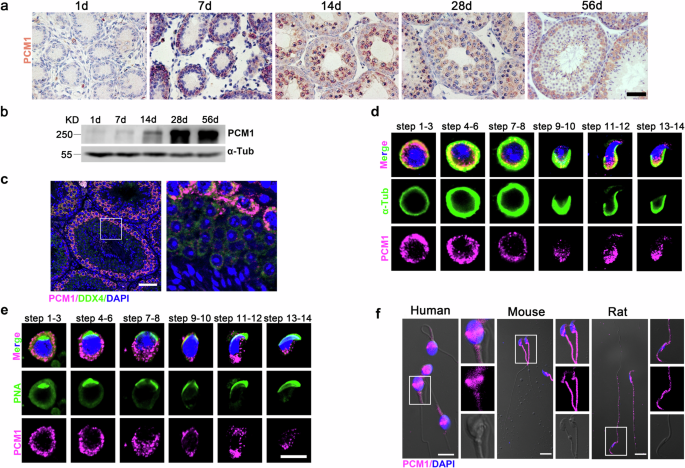
Clinical patients with NOA, characterized by severe spermatogenic arrest and no testicular spermatids and epididymal sperm, were identified by visual microscopy and a…
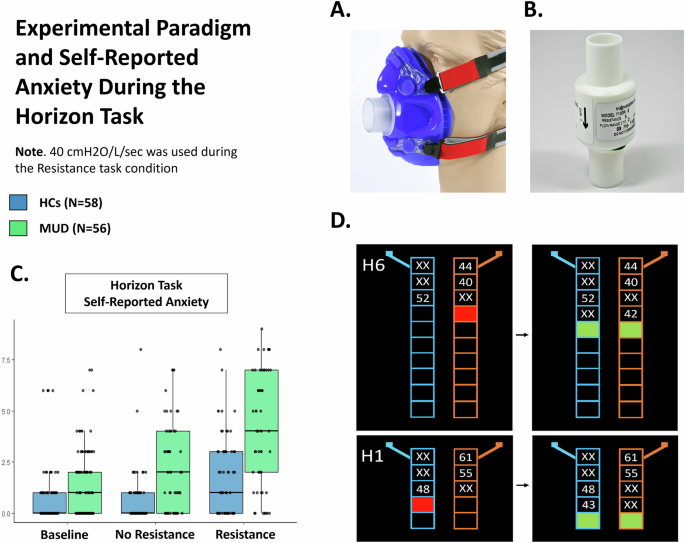
To acquire a comprehensive clinical phenotype, participants completed several cognitive and clinical scales. Compared to HCs, the MUD group showed elevated symptoms of anxiety and depression, higher impulsivity, reduced cognitive performance…
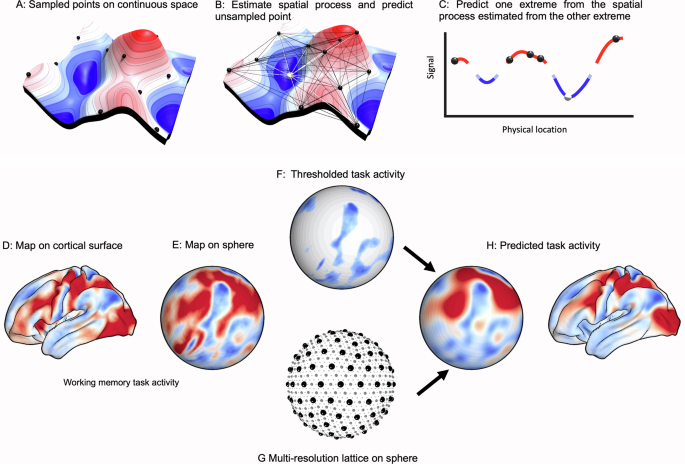
We first demonstrate the utility of kriging as a technique for explaining the spatial distribution of increases and decreases in brain activity using group average BOLD activity from the Human Connectome Project15. We took a single group-averaged…
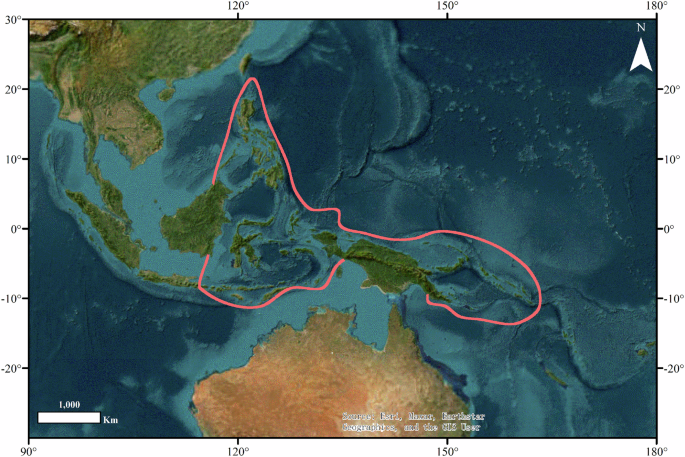
The dataset can be found in a figshare repository (Weng et al.22, and are licensed under CC BY.
The database, which includes three main components (occurrence records, DNA barcode data and functional traits), is organized into three distinct files…
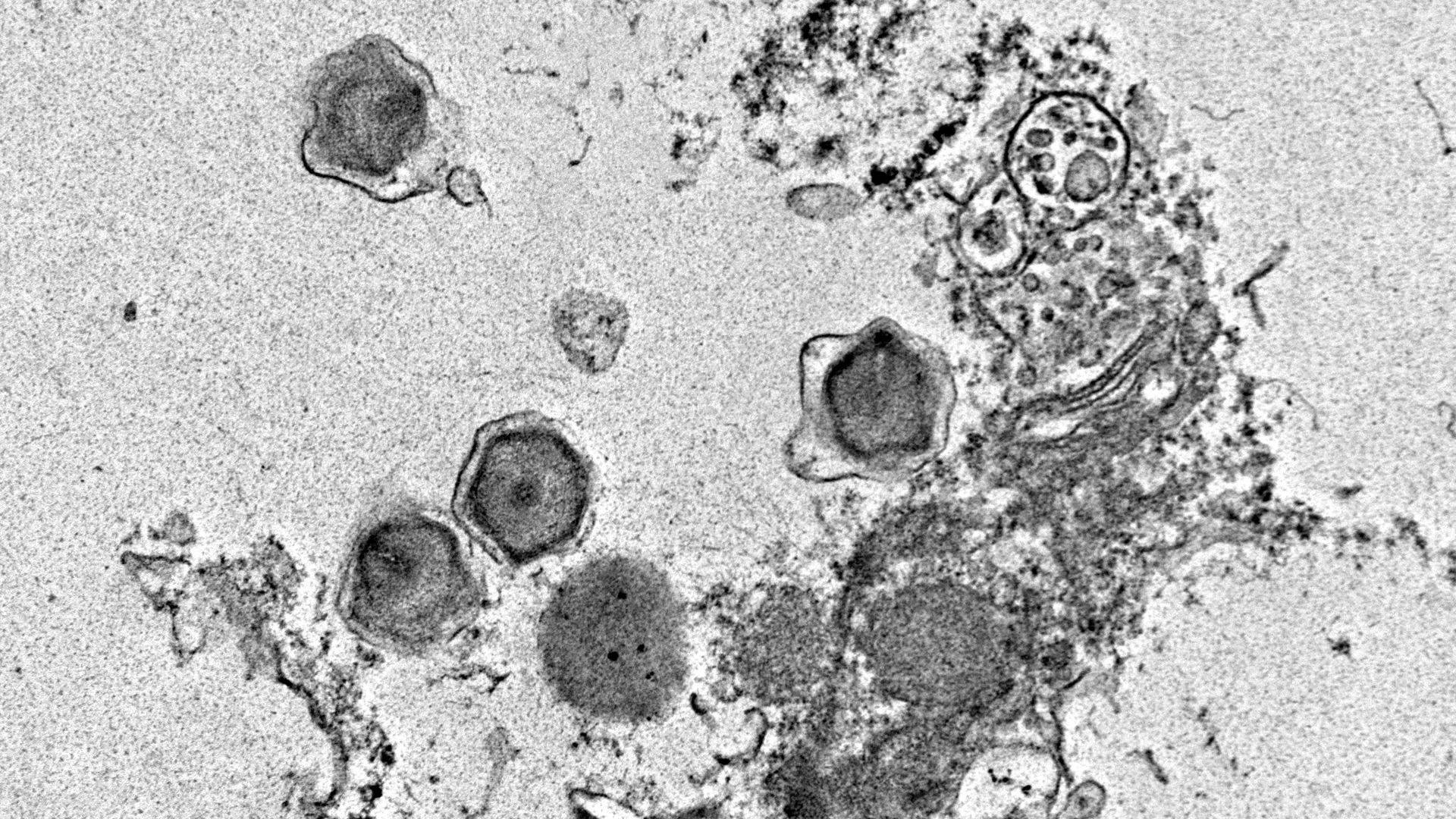
Giant viruses play a role in the survival of single-celled marine organisms called protists. These include algae, amoeba, and flagellates, that form the base of ocean food webs. And since these protists form an important part of the food chain,…
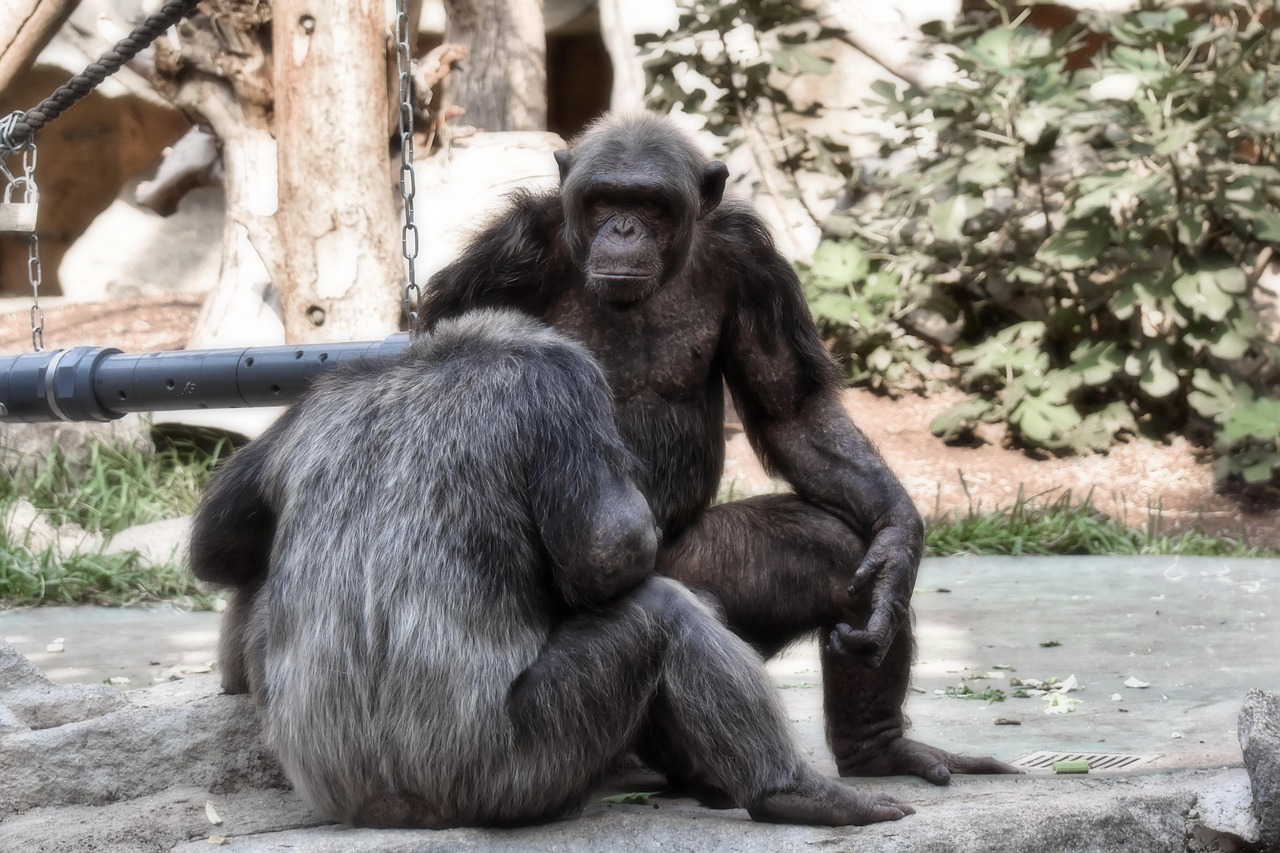
What can androids and chimpanzees teach scientists about humans yawning? This is what a recent study published in Scientific Reports hopes to address as an international team of researchers investigated how…

Picture a living cell as if it were a city. If you were the urban planner for this (very little, very alive) city, one of the things you would have to decide is how to allocate space for different functional uses.
Parts of the city…
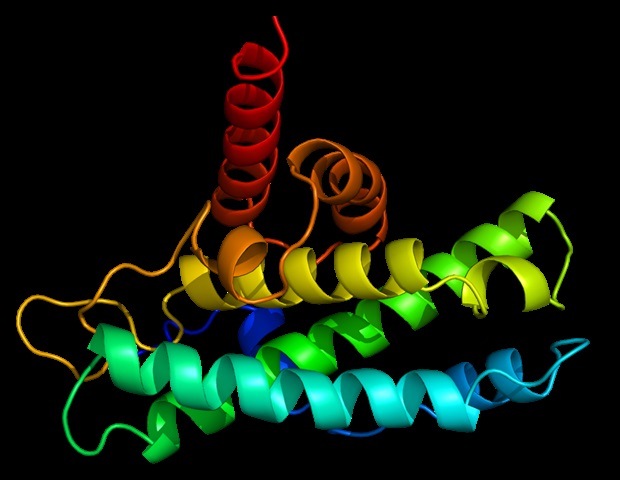
Healthy cells are constantly breaking down proteins and building up new ones with the help of enzymes aptly named unfoldases, because they unravel proteins tagged for destruction or recycling. Now, a new electron microscopy…
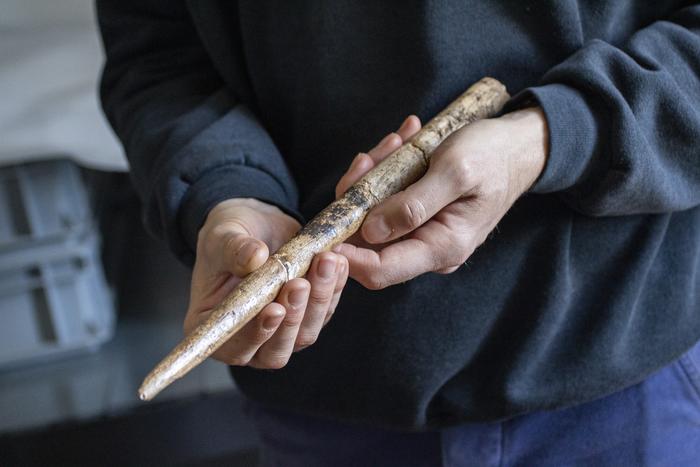
New research has indicated that humans used whale bones to create tools as many as 20,000 years ago. These findings have provided new insights into the cultures and abilities of ancient humans, and how they…

Researchers have developed an AI system capable of predicting whether and why proteins form sticky clumps, a process associated with over 50 human diseases that impact nearly half a billion people. A new AI tool has made significant progress in…